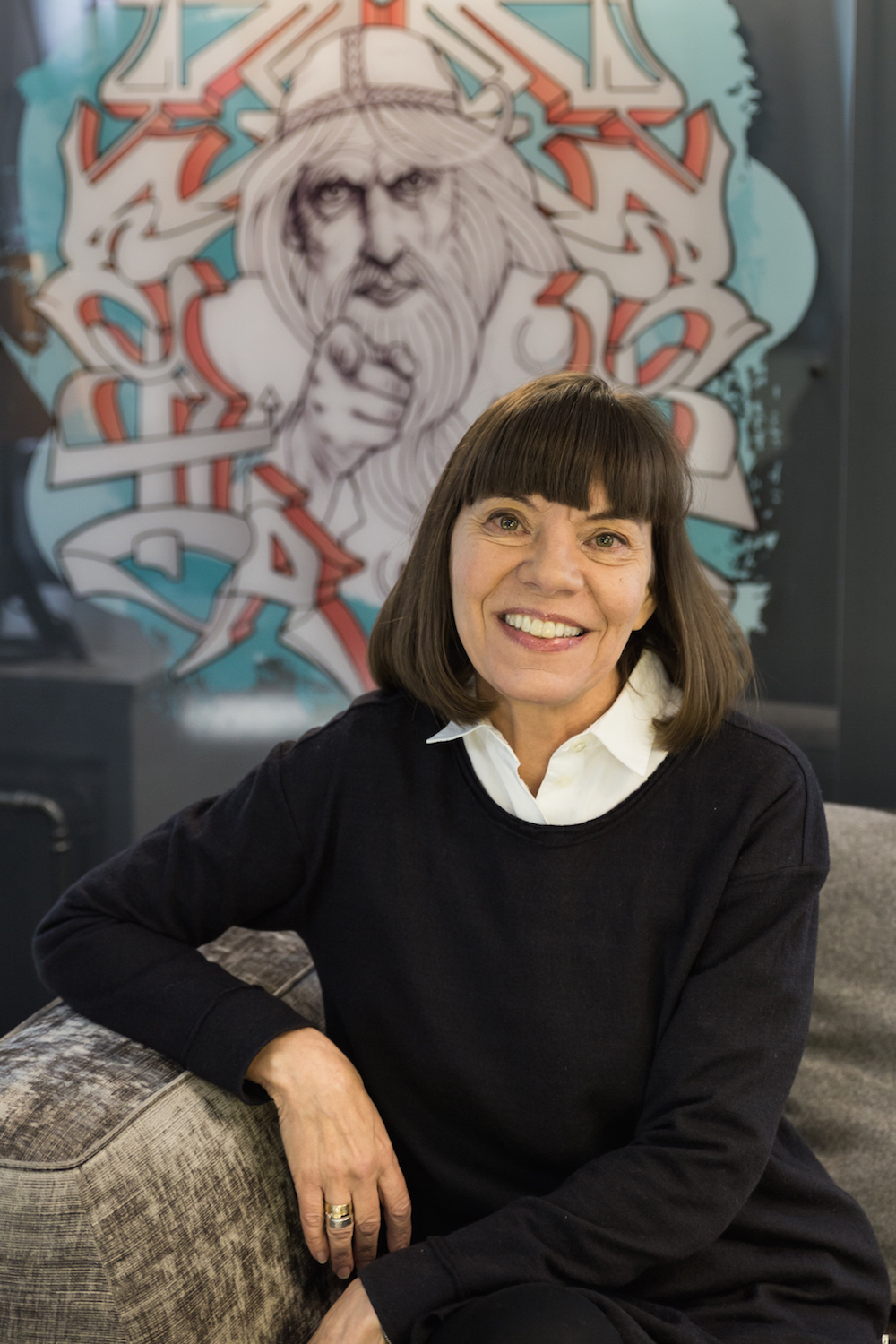Column: Good enough is not good enough

We settle for OK because it is easier and safer, but we should not. Speaker and entrepreneur Tuija Seipell writes on her column how to benefit from fears.
We settle for OK because it is easier and safer, but we should not. Speaker and entrepreneur Tuija Seipell writes on her column how to benefit from fears.
I love Helsinki Design Week’s 2016 theme: Better. For what seems like forever, I have titled my presentations with some version of Good Enough is not Good Enough and I believe that this is more important today than ever before.
I also believe it is especially important right now in a small, relatively isolated country like Finland.
Finland cannot – neither should it – compete in the price or convenience game. Yes, in some rare instances, perhaps in mobile and other solutions where location doesn’t matter, Finnish providers may be able to offer the cheapest or the most convenient solutions, but mostly, Finland’s strengths will shine in the quality and specialty game.
Special in a genuinely Finnish way. Dramatically different from anyone else. Unique in a way that only Finland could create. And always better than just OK, or just like everybody else, or just like what the market is used to.
Settling for OK
In my years of working with organizations large and small in different parts of the world, I’ve come to really understand how much fear controls our decisions and, in many cases, prevents us from going for those better solutions. We settle for OK because it is easier and safer.
But I also know that as long as fear is in control, we are only reacting. We are making tiny changes but not innovating or improving.
And I have experienced that if you befriend your fears they will teach you their lesson and lead you to innovate and create something entirely new. Something much better.
I’m not saying we should focus only on our fears, but as those fears tend to demand our attention anyway, we might as well give them their due and benefit from their teaching.
From fear to possibility
I was a very fearful child. I was scared of monsters and ghosts, darkness and being alone, dogs and big crowds. At school I found my biggest fear: Performing in front of others. For some reason, I ended up in every school play and in every singing, dancing and poetry reading contest. I feared and hated it more than anything else.
Many of these fears lasted for many decades, especially my fear of public speaking. Over the years, I was asked dozens of times to speak in front of big audiences and I always refused.
But a few years ago, I realized that if I kept refusing, I would never find out if I could actually do it. I was afraid I’d have to admit to myself that I never really gave it a serious go. That I let fear stop me.
And when I confronted my fear of public speaking, I discovered that I am not only OK with it but that I actually love it! What seemed absolutely impossible is now my daily normal.
So, what did it take? Driven by my curiosity, I became determined to understand what I fear and why. And then I really worked at it: I researched, meditated and rehearsed, and practiced not being afraid of it. And then I did it.
I have since used this recipe to treat each fear I face.
I have also realized that my curiosity might be another fear in disguise. I am most afraid of not finding out. Of settling for something mediocre just because I’m too scared to try something different.
So, one might say that I am still driven by fear but I know that this is a different kind of fear. This is energizing, this is discovery, and this feeds my curiosity. It leads to dramatically better results.
So, the lesson for business? Become friends with your fears and worst-case scenarios, work like crazy to water the fear down, and then do it anyway! That’s called risk-taking. And the cornerstone of business.
And, as my hero Walt Disney said:
“It’s kind of fun to do the impossible!”
Various writers focus on their columns on the Helsinki Design Week’s theme 2016, “Better”